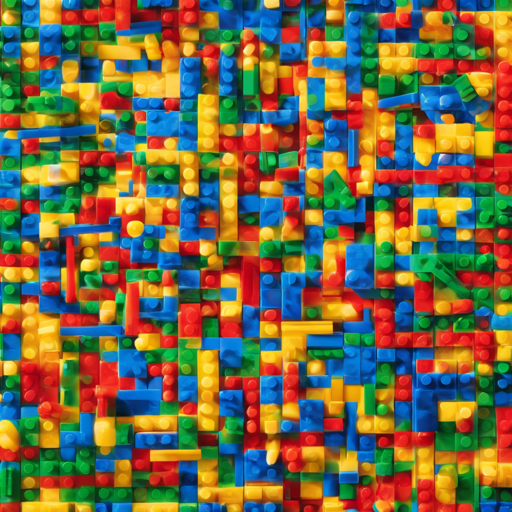Welcome to this guide on getting started with NeuronBlocks, an innovative NLP deep learning modeling toolkit. Think of building your models like assembling a Lego set — you can easily combine blocks to create something powerful and effective. In this article, we’ll guide you through the installation process, usage, and some troubleshooting tips to help you along the way.
Overview
NeuronBlocks helps engineers and researchers construct end-to-end pipelines for training neural network models specifically tailored for NLP tasks. Two key components are:
- Block Zoo: A collection of commonly used neural network components for designing model architectures.
- Model Zoo: A suite of pre-configured NLP models in JSON format that can be easily adapted for various tasks.
Get Started in 60 Seconds
Installation
Note: NeuronBlocks requires Python 3.6 and above.
- Clone the project:
- Install required Python packages:
- Install PyTorch (supports
PyTorch 0.4.1and above): - For Linux:
- For Windows, it is recommended to install PyTorch via Conda following the instructions at PyTorch Official Site.
git clone https://github.com/Microsoft/NeuronBlockspip install -r requirements.txtpip install torch==0.4.1Quick Start
Try the provided examples. Both Linux and Windows (GPU and CPU) are supported. It is suggested to use PowerShell instead of CMD for Windows users.
Tips: In the following instructions, PROJECTROOT denotes the root directory of the project.
# Train
cd PROJECT_ROOT
python train.py --conf_path=model_zoo/demo/conf.json
# Test
python test.py --conf_path=model_zoo/demo/conf.json
# Predict
python predict.py --conf_path=model_zoo/demo/conf.json
Prediction Modes
- Interactive Prediction Mode: Users can input cases and get real-time predictions.
# Interactive prediction
python predict.py --conf_path=model_zoo/demo/conf.json --predict_mode=interactive
# Batch prediction
python predict.py --conf_path=model_zoo/demo/conf.json --predict_mode=batch --predict_data_path=dataset/demo/predict.tsv
Who Should Consider Using NeuronBlocks
Engineers and researchers facing challenges such as:
- Multiple frameworks and high learning costs.
- Heavy coding overheads that hinder debugging.
- Fast model architecture evolution without understanding the underlying principles.
- Requirements for model compatibility across platforms.
Model Benefits
Advantages of using NeuronBlocks for NLP model training include:
- Easy Model Building: Build models with simple JSON configurations.
- Model Sharing: Share models using easily modifiable JSON instead of complex code.
- Code Reusability: Reduce duplicate code with shared blocks.
- Platform Flexibility: Compatible with various platforms, including both CPU and GPU systems.
- Model Visualization: Ensure correctness and ease of debugging with a visualizer.
- Extensibility: Easily add new blocks and models.
Troubleshooting
While using NeuronBlocks, you may encounter issues. Here are some common troubleshooting ideas:
- Ensure that your Python environment meets the version requirements.
- Verify that all packages in
requirements.txthave been installed correctly. - Check your network connection if cloning the project fails.
- Look through logs for any detailed error messages that can guide you.
For more insights, updates, or to collaborate on AI development projects, stay connected with fxis.ai.
Closing Thoughts
At fxis.ai, we believe that such advancements are crucial for the future of AI, as they enable more comprehensive and effective solutions. Our team is continually exploring new methodologies to push the envelope in artificial intelligence, ensuring that our clients benefit from the latest technological innovations.

